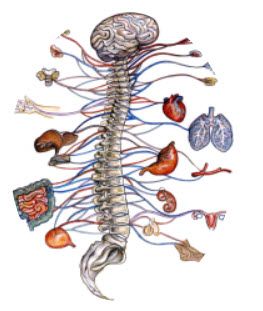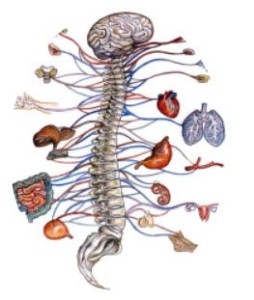Researching Chiropractic
Chiropractic clinical case histories have been a regular feature of our patient newsletter since its inception. There seems to be no limit to the health problems that respond to chiropractic care. How many people suffering, on drugs, facing a life of limitation could be helped by chiropractic care? Probably most of them.
Erb’s Palsy and chiropractic
Erb’s Palsy is a paralysis of the arm caused by nerve damage (to the brachial plexus) in the neck. It is most often caused by obstetrical mistakes. These injured children grow into adults with permanent nerve and arm damage – a shorter and smaller arm – unless corrected. This is the story of one lucky baby.
In this case a 5-month-old girl diagnosed with right-sided Erb’s Palsy was brought in for care to a chiropractic office. Under chiropractic care the infant’s symptoms resolved within two months. (8)
Reference: Resolution of Erb-Duchenne Palsy in a 5-month-old female following subluxation based chiropractic care. Journal of Pediatric, Maternal & Family Health – Chiropractic. 2016;1:9-13.
Headache and neck pain in an eight-year-old girl
An 8-year-old girl was brought in for chiropractic care suffering from neck pain and headaches. According to the patient’s mother, her daughter reported her headaches and neck pain had been going on for four months with approximately two episodes per week.
Medical examinations did not find any problem and the doctors recommended treating the neck and headache symptoms with Tylenol. Following four chiropractic visits, the child’s neck pain and headaches completely resolved.
Reference: Simmons-Stone D, Alcantara J. Resolution of chronic cervicogenic headache & cervicalgia in a child following chiropractic care. Journal of Pediatric, Maternal & Family Health – Chiropractic. 2016;1:1-4.
Neurofibromatosis
A 3-year-old boy with a history of Neurofibromatosis Type I, asthma and ear infections was brought in for chiropractic care. His asthma attacks were so severe he required ER hospital visits two times per month.
He received chiropractic adjustments two to three times per week. Within one month after beginning care he no longer had violent exacerbations of his asthma and was able to sleep through the night. As of this writing he continues to improve and has decreased his inhaler usage. (10)
Reference: Kachinsky B, Kachinsky J. Improvement in a pediatric patient with Neurofibromatosis Type 1 and asthma: a case report. Journal of Pediatric, Maternal & Family Health – Chiropractic. 2011;1:1-4.





